Ukrainian mines in the Black Sea: the threat and the fight against it
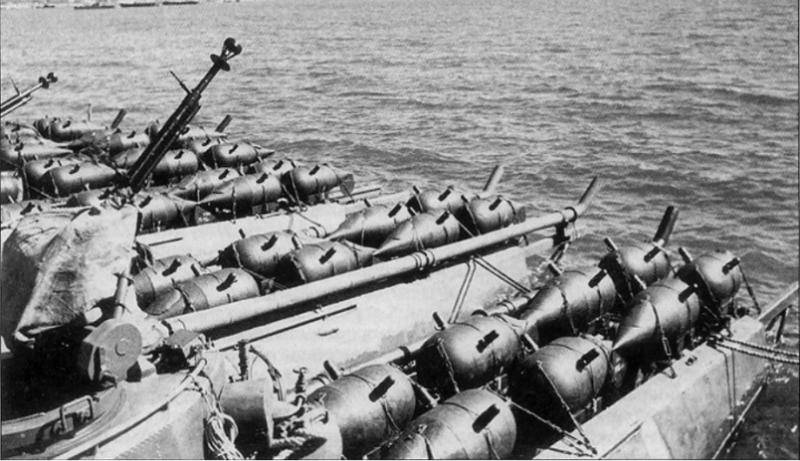
A new threat to shipping has emerged in the Black Sea. Recently, Ukraine tried to cover its ports with sea mines, but some of these products broke anchor and are now drifting in an unknown direction. The mine danger has been declared in several areas of the sea at once. Fortunately, there are means and methods to deal with such a threat, and they will be used in the near future.
Course of events
Information about a new danger in the Black Sea on March 18 and 19 was revealed by the Black Sea Fleet and the Federal Security Service. It was reported that shortly after the start of the Russian Special Military Operation, the Ukrainian Navy carried out minelaying on the approaches to the ports of Odessa, Ochakov, Chornomorsk and Yuzhny. In total, we placed approx. 420 anchor minutes With their help, it was supposed to protect the ports from Russian ships.
According to the FSB, several old types of anchored sea and river mines are used in the completed barriers. At least some of these products were made in the first half of the XNUMXth century. The state of such weapons left much to be desired - which quickly led to negative consequences.
The deterioration of weather conditions and the storm led to the breakage of several mines. Having got rid of the anchors, these ammunition began to drift in the western part of the Black Sea. As a result, a Coastal Warning has been issued. It indicates the areas where mines are likely to be found, the passage through which poses a potential hazard. In addition, it is noted that the mines do not have a self-liquidator - this is a violation of the existing rules of war at sea.
According to FSB specialists, currents can carry mines into the southwestern part of the Black Sea. Moreover, their entry into the Bosphorus and even the Mediterranean Sea is not ruled out. Such assessments and forecasts have attracted the attention of foreign countries, and they are planning to take action.
On March 25, the Russian General Staff released new information about the situation. It is reported that drifting at sea continues for about a dozen minutes. All of them remain in the western part of the Black Sea. What measures are being taken in connection with this, it is not specified.
The next day, March 26, the Turkish press reported the discovery of a dangerous object in the Bosphorus area. A spherical object with characteristic protrusions-horns was seen on the surface of the water. In this regard, Turkey temporarily closed the passage through the strait. The Navy responded in a timely manner and neutralized this find.
Potential Threats
According to known data, until recently, the Ukrainian Navy was armed with four types of sea mines of relatively old types, incl. two anchors. These are Soviet-designed products that entered service from the forties to the seventies of the last century. Rossiyskaya Gazeta, citing the FSB, notes that there was another obsolete type of ammunition in Ukrainian warehouses. The productions used products of the two oldest models.
The oldest of the "active" arsenal of the Navy is a small anchor mine YAM or MYAM, adopted as early as 1943. It has a simple design and carries an explosive charge of 20 kg. Fuse - with galvanic impact sensors of the target and without a self-liquidator. It is allowed to set up at depths up to 280 m with a mine deepening up to 2 m from the surface.
Also in service were shipborne anti-amphibious mines KPM mod. 1957 This product carries 30 kg of explosive and uses electric shock fuses. A self-liquidator is provided in case of an attempt to disarm. KPM is installed on the bottom at depths up to 20 m; the mine is kept at a depth of up to 2 m. An interesting feature of the KPM is the use of a chain as a minrep - in the past this made it difficult to trawl.
The FSB and RG report that Ukraine used NM/MNM mines in recent productions. In addition, even older R-1 mines, also taken from warehouses, were installed in the sea. The R-1 product was put into service in 1939 and was a small river galvanic impact mine. The ammunition carried a 40-kg charge and was equipped with contact fuses. The design of the anchor and the minrep made it possible to place the R-1 at depths of up to 35 m with a depth of up to 2,5 m.
Thus, the entire presented arsenal of anchor mines is unacceptably old. The oldest products were released back in the forties, and the newest ones are only 15-20 years younger. As a result, several characteristic problems and threats appear.
First of all, obsolescence becomes a problem. Thus, the oldest R-1 and NM do not have mechanisms for self-destruction / self-flooding after a given time. Accordingly, the free floating of a mine can continue for a long time, and its outcome is unpredictable.
In addition, we are talking about physical degradation and the negative effects of long-term storage. What changes could have occurred in charges and fuses over decades of storage in warehouses is unclear. However, the consequences of storage for metal structures are already known: the minreps and their fastenings simply rotted and could not withstand the load during the storm.
A dozen mines have already set off "to free float", while another four hundred still remain in their positions. However, at any moment, each of them can break anchor and also drift in an unknown direction. At the same time, any worsening of the weather at sea increases the likelihood of detachment of ammunition.
Fight against the threat
The mine danger in the Black Sea requires a speedy response. Sea and river mines remaining in positions must be found, removed and destroyed. The same must be done with drifting products. It is likely that the Black Sea Fleet is already solving these problems and is even showing the first successes. To do this, he has all the necessary forces and means.
According to known data, the combat composition of the surface forces of the Black Sea Fleet has eight sea minesweepers of several types; another one is under renovation. These are ships of several projects with different capabilities. The minesweepers pr. 266M, adopted by the fleet in the mid-seventies, continue to serve, and in recent years three newest ships pr. 12700 "Alexandrite" have been commissioned.
Minesweepers are equipped with various means of search and trawling. For example, the newest "Alexandrites" are equipped with a search sonar station "Livadia-M" and carry a whole set of trawls. There are single and paired contact trawls, acoustic and imitator trawls with high performance. Cannon weapons or other means may be used to destroy the cleared mines.
Trawls of all types are capable of dealing with modern mines, and therefore work on obsolete products is not difficult. The main difficulty lies in the need to search for drifting mines, which can be located anywhere in a large area. The task of finding and trawling the remaining mines, while still in their positions, is not so difficult.
International efforts
It should be noted that not only Russia is interested in the safety of navigation on the Black Sea. All other Black Sea powers should also make efforts to find and clear Ukrainian mines. Several countries have their own minesweepers at once, which can go to sea and start searching for dangerous objects.
Turkey has the most numerous mine-sweeping forces in the region - 11 ships of two types. They are based in the Bosporus region and can operate in the Black and Marmara Seas. The Turkish command has already announced the need to deal with Ukrainian mines and will now probably send minesweepers to dangerous areas.
The Bulgarian Navy has four minesweepers. Three of them were built in the USSR according to project 1265, the fourth was later bought from Germany. The same number of minesweepers serve in the Romanian fleet. Unlike Bulgaria, Romania built its own ships.
Not all Black Sea countries have modern new-built minesweepers, and the capabilities of available ships may be limited. However, they will have to look for obsolete sea and river mines that do not place high demands on the means of search, minesweeping and destruction. Even the ships of the seventies will be able to cope with such tasks.
The danger persists
In an attempt to interfere with the Russian armed forces, the Ukrainian fleet carried out minelaying in several areas of the Black Sea. Long obsolete ammunition was used, which limited the potential of such barriers, and then led to a new threat to shipping. A dozen mines have already broken their anchors and are drifting, and there may be more in the near future.
It is obvious that the Ukrainian mine laying did not give any military result, but created a threat to civilian navigation in the Black Sea waters. However, several countries are immediately interested in eliminating such risks and, apparently, the necessary work is already beginning.
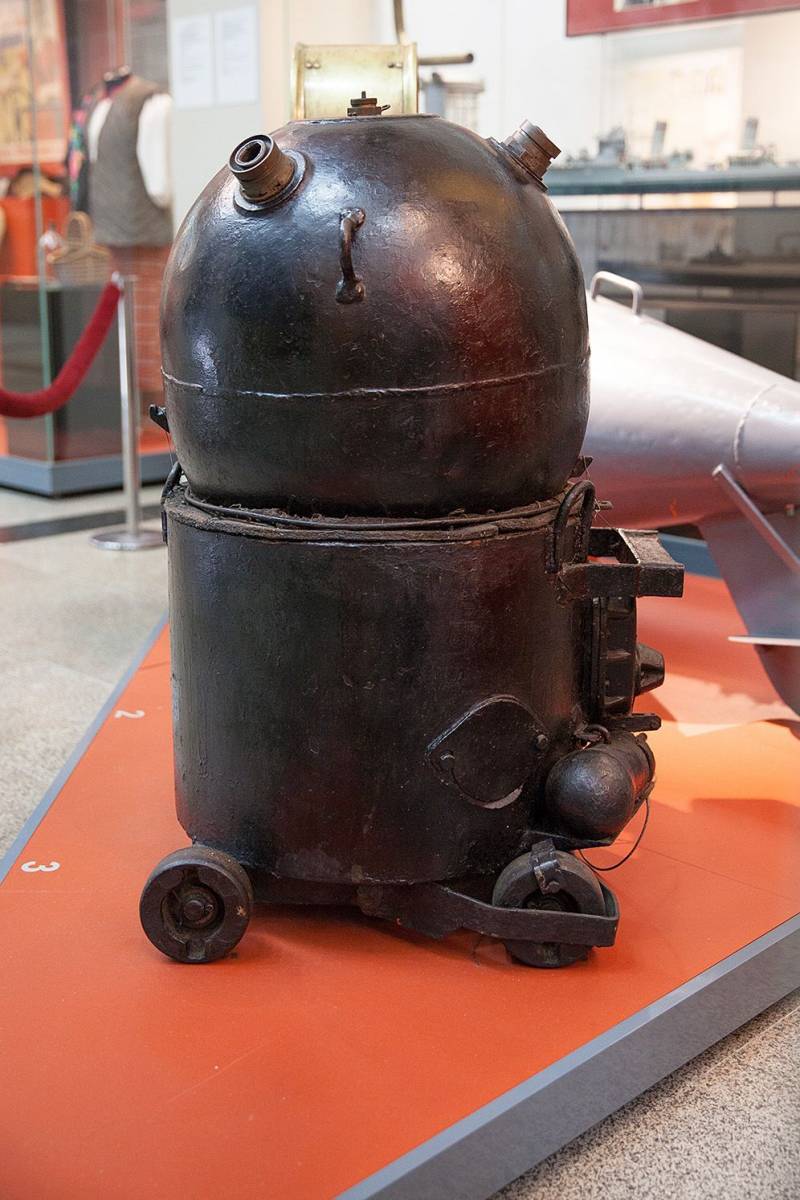
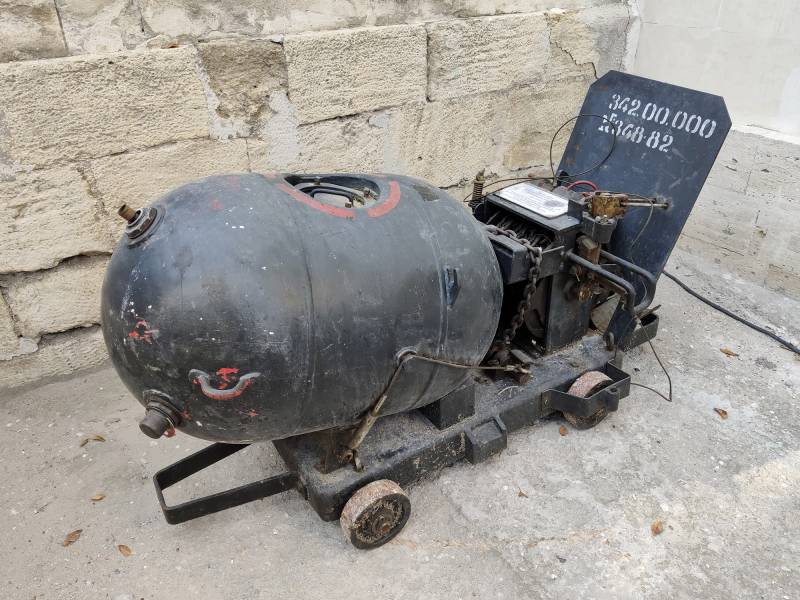
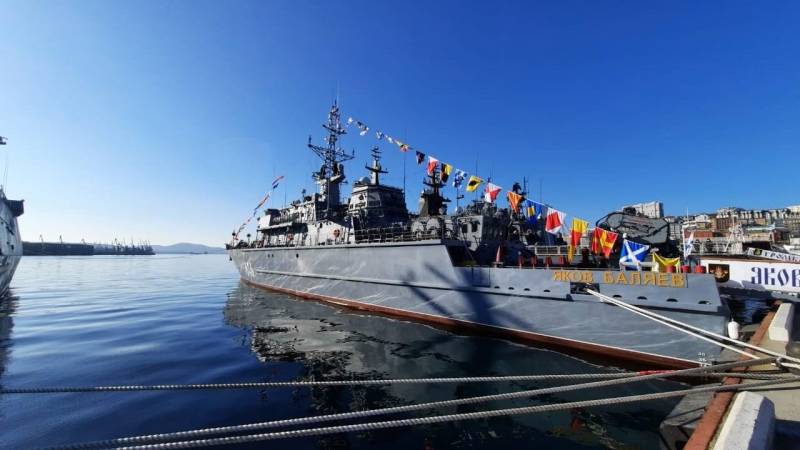
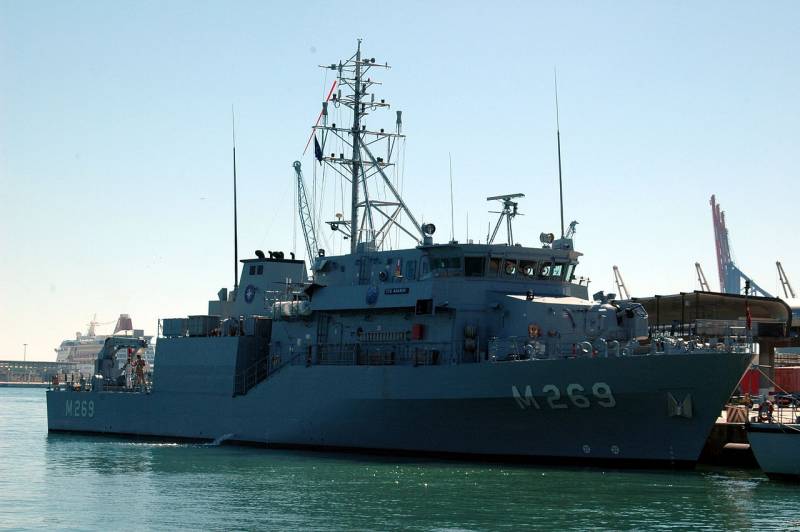
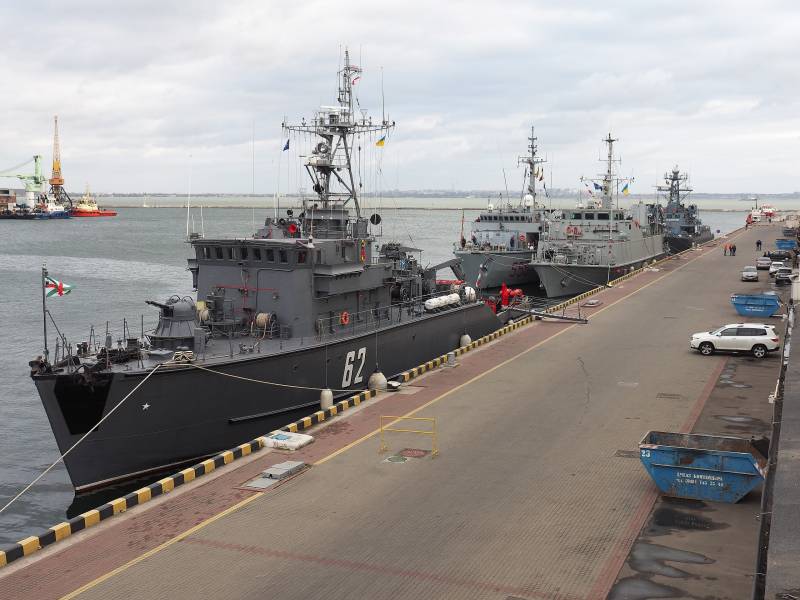
Information